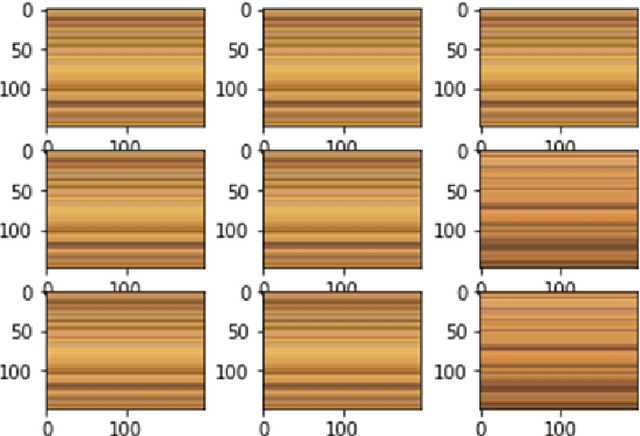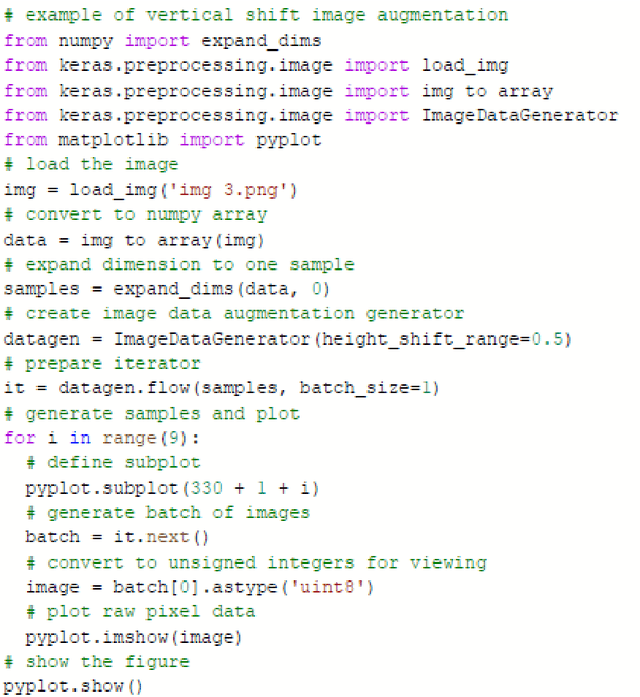Devarrishi Dixit
Performance Prediction of Data-Driven Knowledge summarization of High Entropy Alloys (HEAs) literature implementing Natural Language Processing algorithms
Nov 06, 2023Abstract:The ability to interpret spoken language is connected to natural language processing. It involves teaching the AI how words relate to one another, how they are meant to be used, and in what settings. The goal of natural language processing (NLP) is to get a machine intelligence to process words the same way a human brain does. This enables machine intelligence to interpret, arrange, and comprehend textual data by processing the natural language. The technology can comprehend what is communicated, whether it be through speech or writing because AI pro-cesses language more quickly than humans can. In the present study, five NLP algorithms, namely, Geneism, Sumy, Luhn, Latent Semantic Analysis (LSA), and Kull-back-Liebler (KL) al-gorithm, are implemented for the first time for the knowledge summarization purpose of the High Entropy Alloys (HEAs). The performance prediction of these algorithms is made by using the BLEU score and ROUGE score. The results showed that the Luhn algorithm has the highest accuracy score for the knowledge summarization tasks compared to the other used algorithms.
Computer Vision Algorithm for Predicting the Welding Efficiency of Friction Stir Welded Copper Joints from its Microstructures
Mar 16, 2022



Abstract:Friction Stir Welding is a robust joining process, and numerous AI-based algorithms are being developed in this field to enhance mechanical and microstructure properties. Convolutional Neural Networks (CNNs) are Artificial Neural Networks that use image data as input. Identical to Artificial Neural Networks, they are composed of weights that are determined throughout learning, neurons (activated functions), and a goal (loss function). CNN is utilized in a variety of applications, including image recognition, semantic segmentation, image recognition, and localization. Utilizing training on 3000 microstructure pictures and new tests on 300 microstructure photographs, the current work investigates the predictions of Friction Stir Welded joint effectiveness using microstructure images.
Brain Inspired Computing Approach for the Optimization of the Thin Film Thickness of Polystyrene on the Glass Substrates
Jul 21, 2021



Abstract:Advent in machine learning is leaving a deep impact on various sectors including the material science domain. The present paper highlights the application of various supervised machine learning regression algorithms such as polynomial regression, decision tree regression algorithm, random forest algorithm, support vector regression algorithm, and artificial neural network algorithm to determine the thin film thickness of Polystyrene on the glass substrates. The results showed that the polynomial regression machine learning algorithm outperforms all other machine learning models by yielding the coefficient of determination of 0.96 approximately and mean square error of 0.04 respectively.
 Add to Chrome
Add to Chrome Add to Firefox
Add to Firefox Add to Edge
Add to Edge